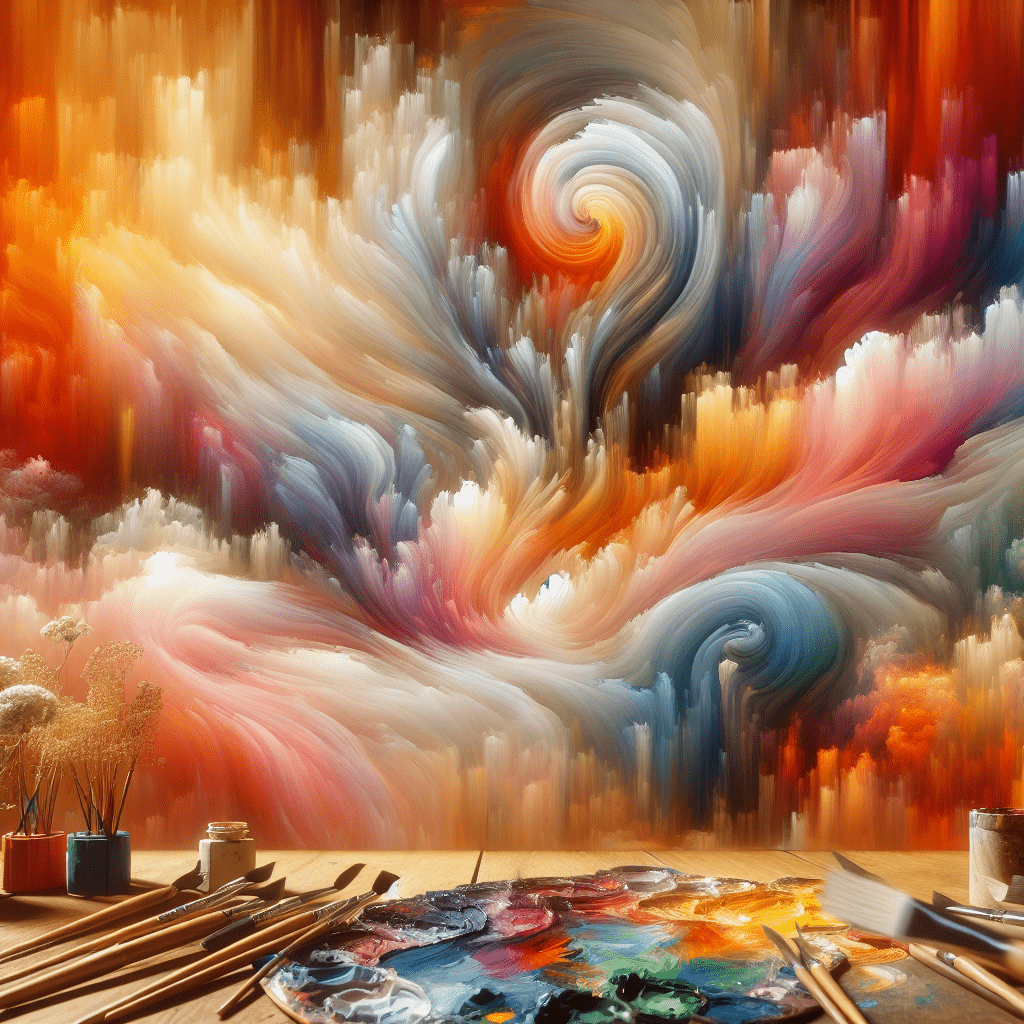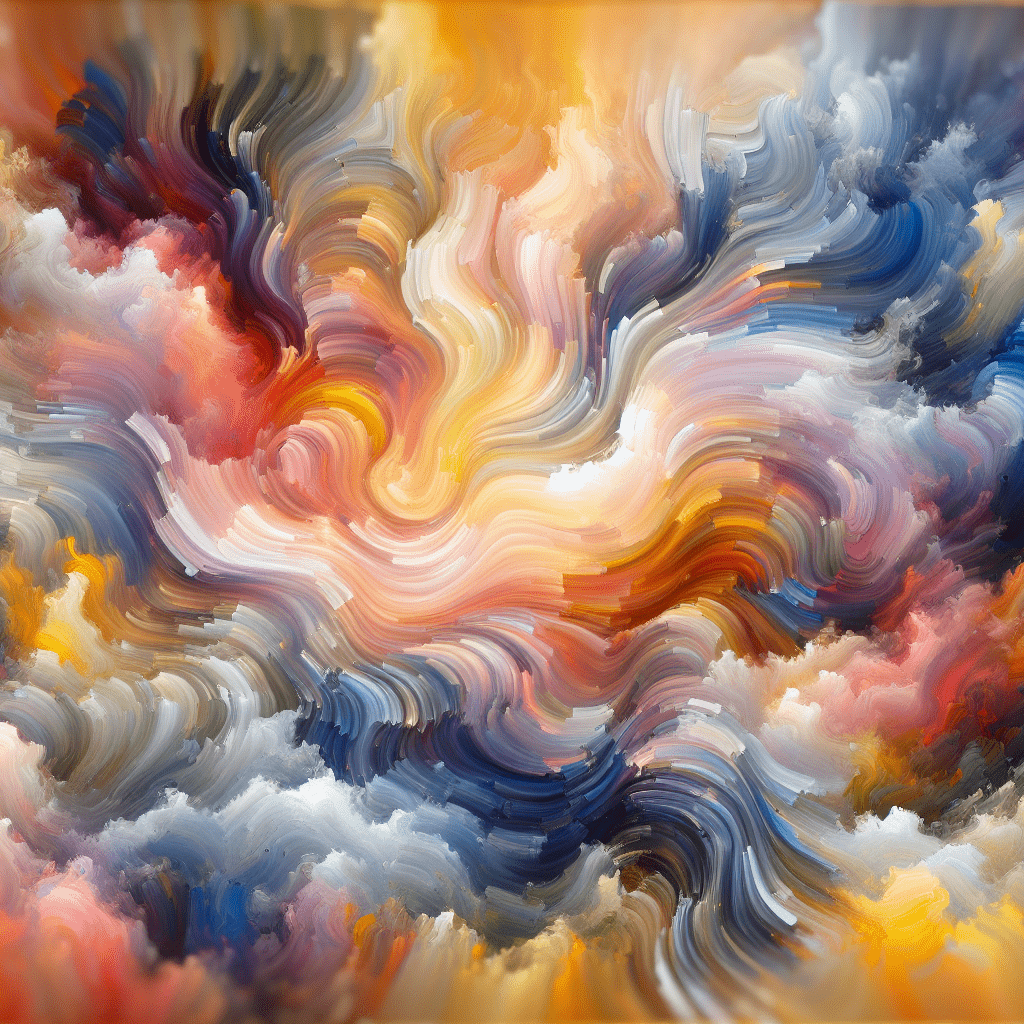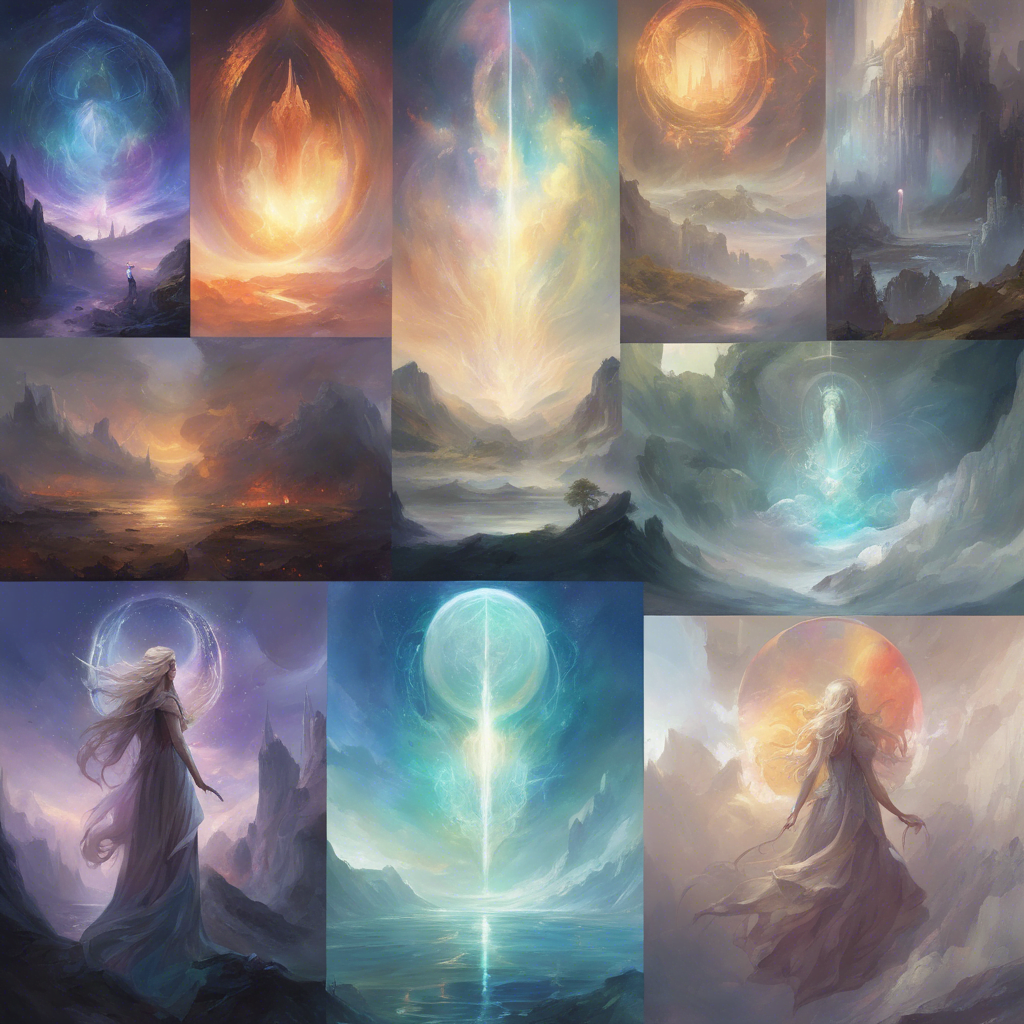Understanding color mixing is essential in art, and the “Color Mixing Guide” is here to help. This guide offers insights into various brands like Golden Artist Acrylics and QoR Watercolors. It covers hue, chroma, value, pigment types, and blending principles, providing tips to bring your artistic vision to life.
Color Mixing Guide
Various Color Brands
When it comes to choosing art supplies, the selection of colors can be overwhelming. There are numerous color brands available in the market, each with its own unique qualities. Some of the most popular color brands among artists are Golden Artist Acrylics, Williamsburg Artist Oil Colors, QoR Artist Watercolors, PanPastel Artist Pastels, and Golden Paintworks. These brands offer an extensive range of colors that can fulfill every artist’s creative vision.
Company’s History, Team, and Values
Before delving into the world of colors, it’s important to understand the companies behind these brands. Each color brand has its own rich history, dedicated team, and set of values. These aspects play a crucial role in shaping the quality and characteristics of their products. By familiarizing yourself with the company’s background, you gain a deeper appreciation for the colors they produce.

Hue, Chroma, and Value in Describing Colors
The language of colors involves understanding various terms, including hue, chroma, and value. Hue refers to the specific color family, such as red, blue, or green. Chroma, on the other hand, represents the intensity or saturation of a color. It determines how vibrant or dull a color appears. Lastly, value pertains to the lightness or darkness of a color. By grasping these concepts, you can effectively communicate and describe the colors you use in your artwork.
Organic and Inorganic Pigments and Their Qualities
Colors come in two main types of pigments: organic and inorganic. Organic pigments are derived from carbon-based compounds, while inorganic pigments are typically minerals or metals. Each type of pigment has its own unique qualities. Organic pigments tend to have brighter hues, while inorganic pigments offer a wider range of colors and greater stability. Understanding the characteristics of these pigments allows you to make informed choices when selecting colors for your artwork.

Masstone, Undertone, and Tinting Strength in Relation to Paint Colors
When working with paint, it’s important to consider the concepts of masstone, undertone, and tinting strength. Masstone refers to the color of the paint straight from the tube, without any mixing or dilution. Undertone, on the other hand, is the color that becomes apparent when the paint is thinned or mixed with other colors. Tinting strength indicates how strongly a color influences other colors when mixed. By understanding these aspects, you can create harmonious color combinations and achieve the desired effects in your artwork.
Understanding the Color Wheel and Mixing Primaries
The color wheel is a powerful tool that helps artists in color mixing. It consists of primary, secondary, and tertiary colors arranged in a circular format. Primary colors, such as red, blue, and yellow, cannot be created by mixing other colors and are used as a base for all other colors. Secondary colors, like purple, orange, and green, are achieved by mixing equal parts of two primary colors. Tertiary colors, which include names like red-violet and yellow-green, are created by mixing a primary color with a neighboring secondary color. By familiarizing yourself with the color wheel and its principles, you gain a solid foundation for exploring the world of color mixing.
Mixed Complementary Colors
Understanding complementary colors is essential when trying to achieve color harmony in your artwork. Complementary colors are pairs of colors that, when placed side by side, create contrast and enhance each other’s intensity. They are located opposite each other on the color wheel. When mixed together, complementary colors create neutral hues such as gray or brown. Experimenting with mixed complements allows you to expand your color palette and create visually striking combinations.
Description of Tinting Strength of Colors in the Mixing Set
Each color in a mixing set has its own unique tinting strength. Tinting strength refers to how strongly a color will affect the mixture when added in various quantities. Some colors, known as “strong tints,” have a high tinting strength and can easily overpower other colors. On the other hand, “weak tints” have a lower tinting strength and can be used to subtly adjust the tone of a mixture without dominating. Understanding the tinting strength of various colors helps you control and manipulate colors effectively in your artwork.
Tips for Achieving Opacity with White and Mixing Earth Colors
White paint plays a crucial role in achieving opacity and creating different values in your artwork. Adding white to a color lightens its value and increases its opacity. By gradually adding white, you can create a range of tints from pale pastels to bright highlights. Additionally, mixing colors with earth pigments, such as Burnt Sienna or Raw Umber, can create a variety of earth tones. These earth colors can be further modified by adding other colors to achieve different hues. Experimenting with white and earth colors opens up endless possibilities for creating depth and dimension in your artwork.
Creating Muted Colors with Yellow Ochre
Yellow Ochre is a versatile color that can be used to create muted hues. It has a natural earthy tone that is perfect for achieving subtle shades. By mixing Yellow Ochre with other colors, you can create a wide range of muted greens, browns, and oranges. This color is especially useful when trying to convey a sense of warmth and tranquility in your artwork. Adding a touch of Yellow Ochre to your palette allows you to explore the beauty of muted colors and add a unique touch to your creations.
Use of Artist-Grade Colors and Variety of Color Blends with Suggested Mixing Primaries
Using artist-grade colors makes a significant difference in the quality and longevity of your artwork. These colors are made with higher quality pigments and offer superior lightfastness and permanence. When mixing colors with artist-grade paints, you can achieve a wide variety of color blends. By using the suggested mixing primaries, such as the primary colors on the color wheel, you can create an endless array of colors and tones. Experimenting with different combinations of artist-grade colors allows you to unleash your creativity and bring your artistic vision to life.
Understanding color mixing is vital for artists. Grasp hue, chroma, and value to elevate your art. Learn color language, pigment types, and blending principles to create harmonious combinations. Experiment with the color wheel, complementary colors, and artist-grade paints to unlock endless possibilities. Let your creativity shine on your color mixing journey!

